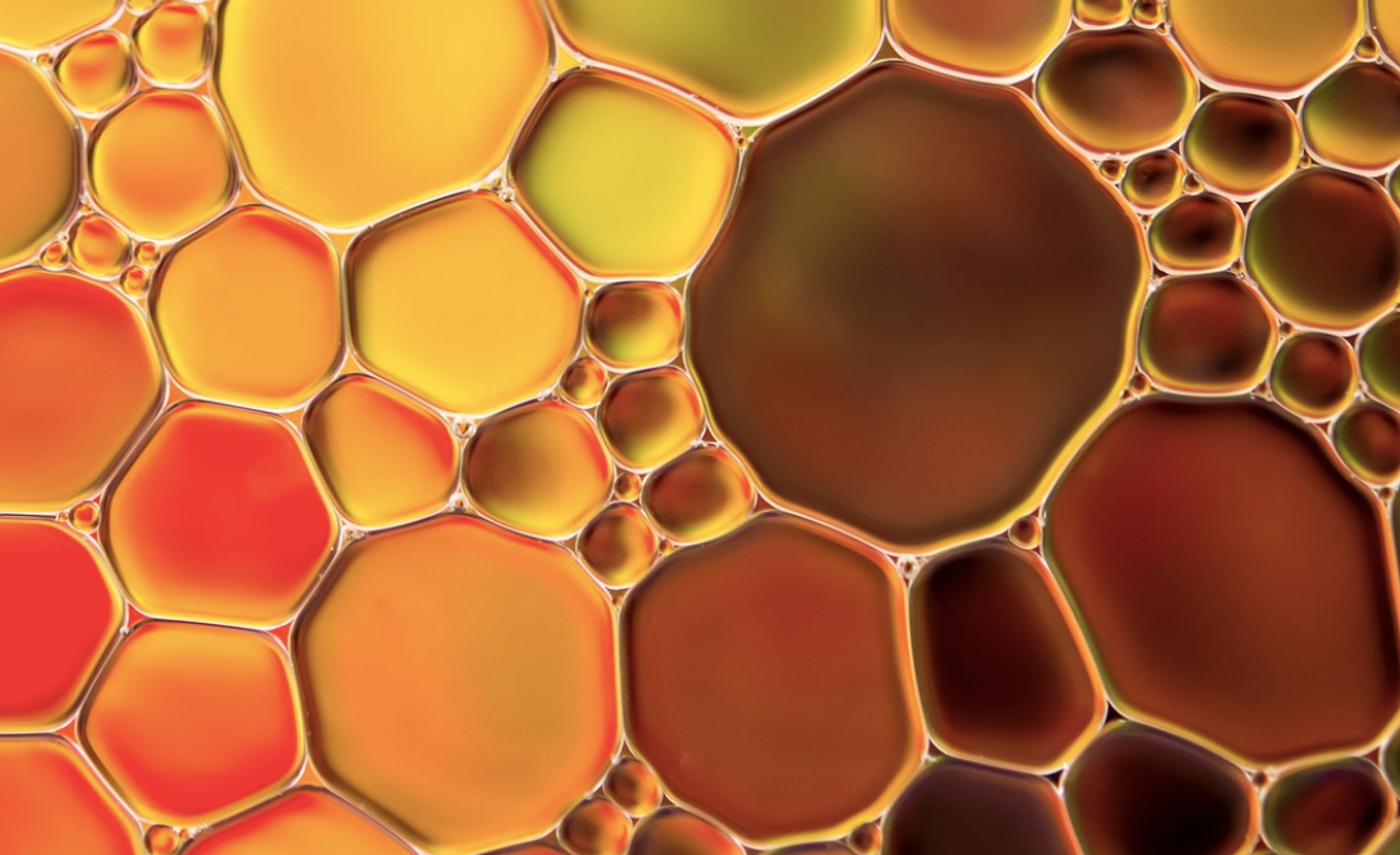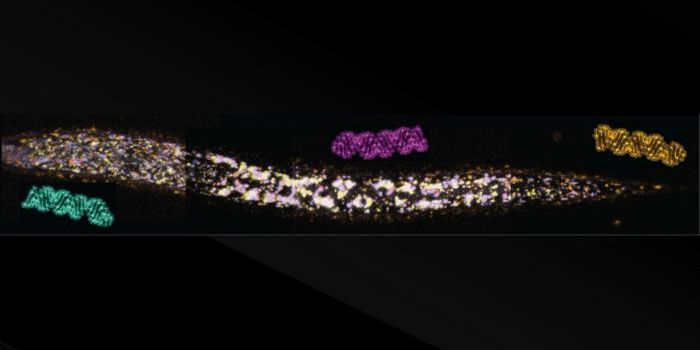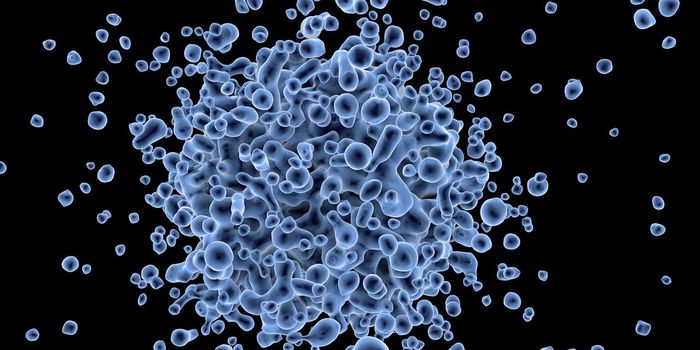Using a Natural Pathway to Trigger the Death of Cancer Cells
Apoptosis is a process in which cells die off, intentionally. This programmed cell death pathway helps eliminate billions of cells every day, most of which are blood or gut cells, so they can be replaced with fresh ones. Now researchers want to harness this process to destroy cancer cells. In a new study reported in Science, researchers have shown that when two proteins are artificially brought together in cancer cells, it can trigger the activity of apoptosis genes, and promotes the cell death pathway.
Our bodies need apoptosis at various stages, but co-corresponding study author Gerald Crabtree, MD, realized that cancer could be killed this way.
"We essentially want to have the same kind of specificity that can eliminate 60 billion cells with no bystanders, so no cell is killed that is not the proper object of the killing mechanism," said Crabtree, a Professor at Stanford University.
Standard cancer treatments like chemotherapy or radiation can eliminate cancer, but they may often kill huge numbers of healthy cells along with it.
In this novel approach, a kind of molecular glue that is applied causes two proteins to stick together, when they normally would not interact. One of those proteins is called BCL6. Mutant forms of BCL6 have been associated with diffuse large cell B-cell lymphoma, a type of blood cancer. Mutant BCL6 will abnormally situate near genes that trigger apoptosis, tamping down their activity. This can give cancer cells a kind of immortality.
The investigators created a molecule that links BCL6 to another protein called CDK9, which can activate apoptosis genes that BCL6 normally keeps inactive.
"The idea is, can you turn a cancer dependency into a cancer-killing signal? You take something that the cancer is addicted to for its survival and you flip the script and make that be the very thing that kills it," explained co-corresponding study author Nathanael Gray, PhD, a Professor at Stanford. This method aims to turn on a pathway that is normally off, instead of inhibiting something that promotes cancer.
"Since oncogenes were discovered, people have been trying to shut them down in cancer," added co-first study author Roman Sarott, PhD, a postdoctoral researcher at Stanford Medicine. "Instead, we're trying to use them to turn signaling on that we hope will prove beneficial for treatment."
In a cell culture model of diffuse large cell B-cell lymphoma, this approach worked, and it destroyed cancer cells effectively. In healthy mice there were no signs of toxic side effects, although certain types of some healthy B cells were eliminated. The researchers are now testing the method in a mouse model of diffuse large B-cell lymphoma.
This effort relies on a molecule that was tested on 859 different cancer cell types in the lab, but only diffuse large cell B-cell lymphoma cells were eliminated by the drug. However, the researchers are hopeful that the chances of drug resistance developing are low, because BCL6 acts on many different genes that promote apoptosis.
"It's sort of cell death by committee," said co-first study author Sai Gourisankar, PhD, a postdoctoral researcher. "And once a cancer cell is dead, that's a terminal state."
The investigators also want to develop other compounds that work in a similar way, and could be useful in the treatment of other caner types.
Sources: Stanford University Medical Center, Science









